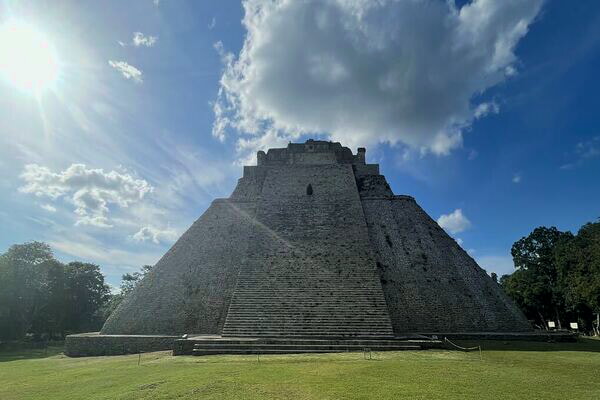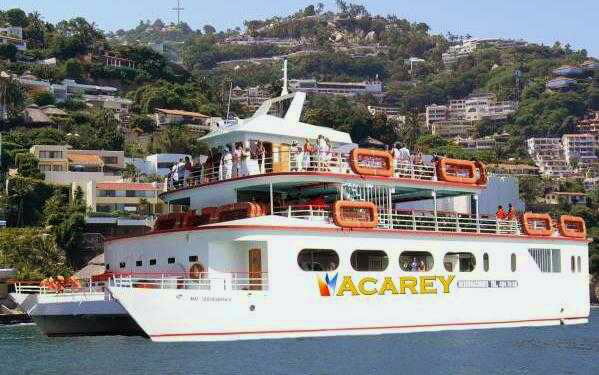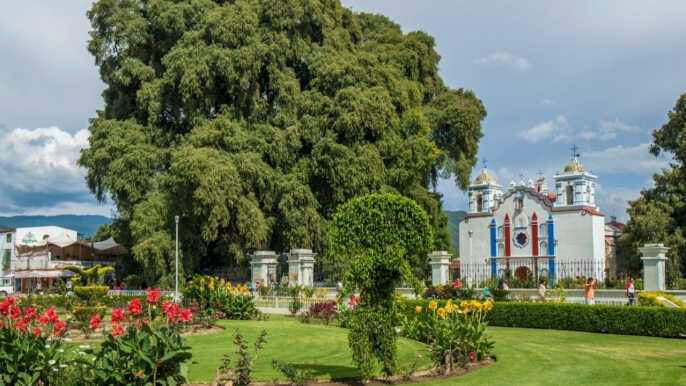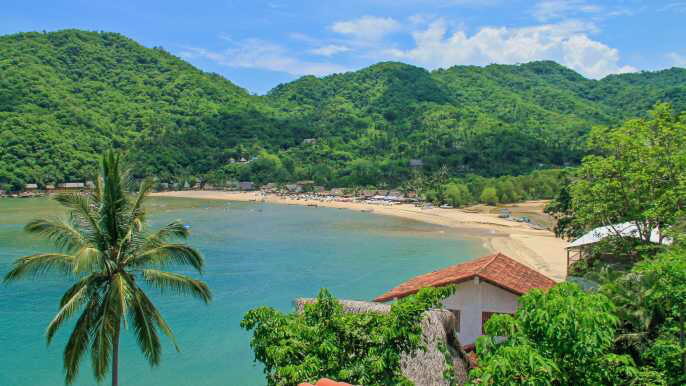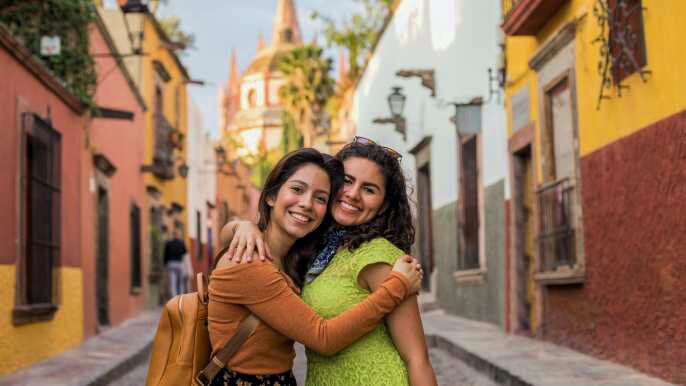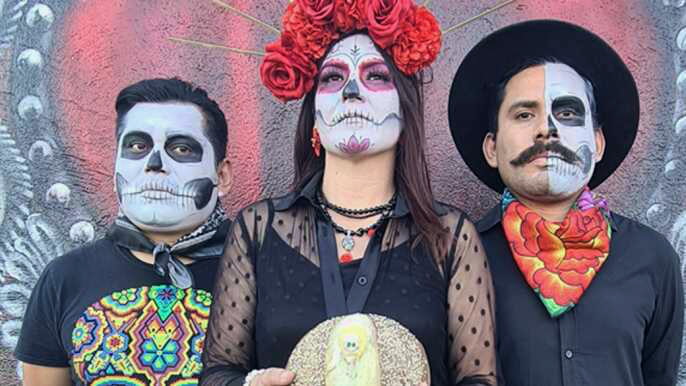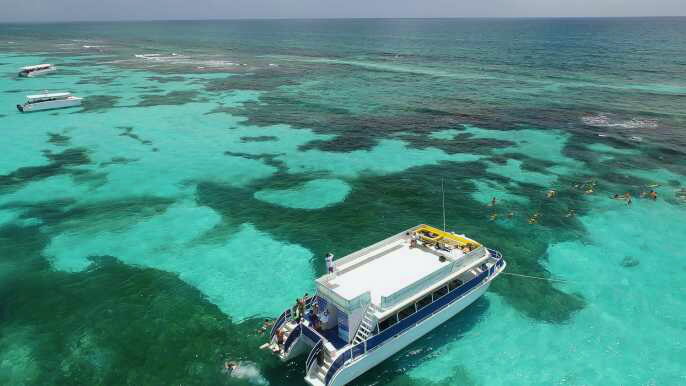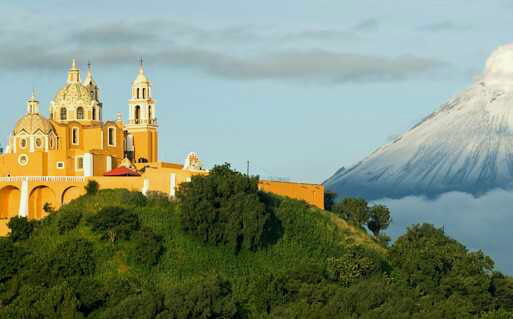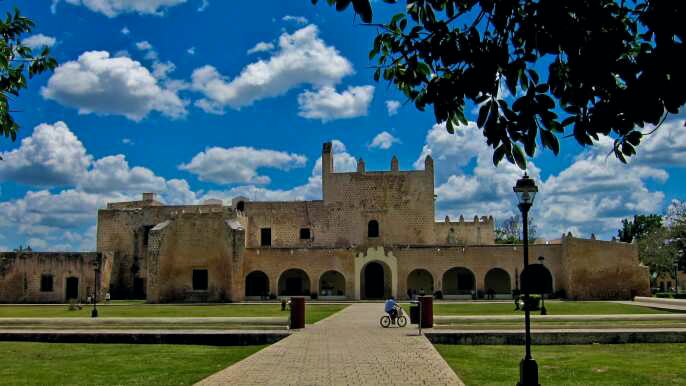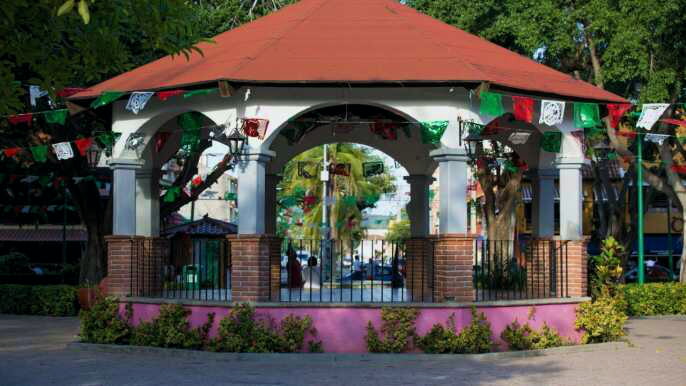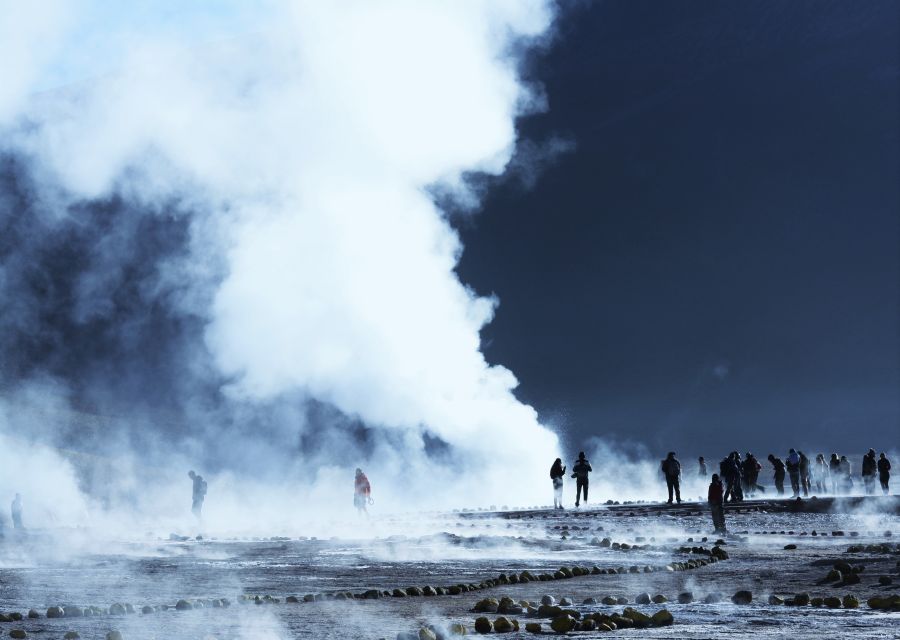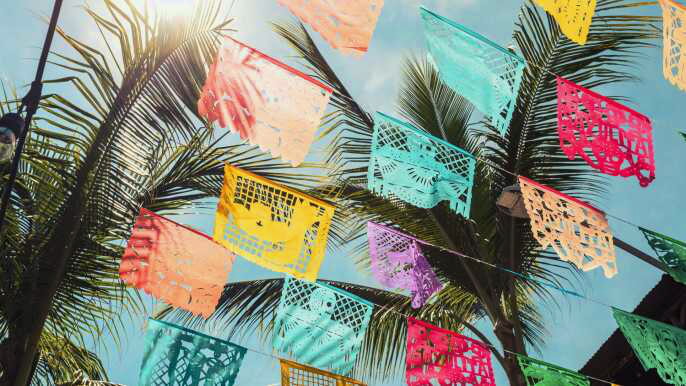Located in the state of Yucatán, Mexico, the city of Mérida has a rich colonial and Mayan heritage. Some of the main highlights of the city include the 16th-century mansion, Casa de Montejo, as well as the fortress-like Cathedral of Mérida. Other places of interest include the Monumento a la Patria, Hacienda Henequenera, and La Chaya Maya.
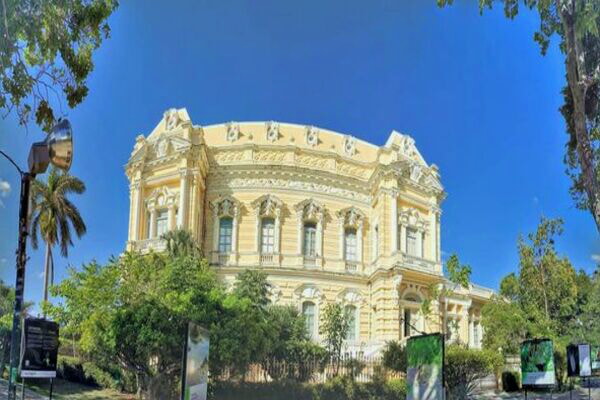
Paseo de Montejo
Located in the city of Merida, the Paseo de Montejo is one of the most important avenues in the city. It is named after Francisco de Montejo, the Spanish conquistador who founded Merida in 1542. The street is modeled after the Champs-Elysees in Paris. It is an avenue lined with museums, cafes, and restaurants. It is also a popular nightlife destination in Merida.
The Paseo de Montejo was originally a street, but today it is used as a pedestrian corridor. It was constructed in the late 19th century, and is inspired by the boulevards of France. Most of the houses on the Paseo de Montejo are now museums or restaurants.
The Paseo de Montejo is also the site of the weekly Noche Mexicana, a festival that takes place each Saturday night. It features live music, crafts, and street food. During the festival, you can also see the Piedras Sagradas, a show on the Cathedral that tells the history of Merida.
The Paseo is also home to the Canton Palace, a former henequen hacienda. The henequen industry in Merida declined in the early 1950s, and many of the haciendas were abandoned. The palace was eventually converted into a museum. The museum teaches the pre-Columbian history of the Yucatan Peninsula.
The Paseo de Montejo has plenty of museums, restaurants, and hotels. It is a popular tourist attraction and a great place to explore. You can hire a calesa carriage to tour the entire Paseo. You can also rent a bicycle. There are shops that sell bikes along the route.
During the weekend, you can participate in Merida's Bici Ruta, a bike ride that runs along the Paseo de Montejo. This is a long, scenic, and paved road that is several miles in length. It is a fun activity to do on a Sunday morning.
Hacienda Henequenera
During the colonial period, many haciendas developed in the Yucatan peninsula. These haciendas were large plantations that were run by wealthy landowners of Spanish descent. They had their own laws and currencies. They also adapted facilities to provide services to the workers.
During the early 1900s, henequen became a huge export product of the Yucatan. This caused a boom in Merida. This was known as the "green gold" era. The henequen industry required a lot of staffing. These were usually Maya workers. They were forced to work long hours. Their tasks included maintaining the hacienda and providing unpaid labor for other tasks.
The henequen industry transformed in the late 19th century when machines were introduced. Steam engines and diesel engines were used. These shredding machines changed the way henequen was processed. The henequen fiber was turned into threads, ropes and useful objects. The henequen boom helped to offset the economic crisis in the Yucatan state.
Today, haciendas are slowly being rebuilt. Some are being transformed into hotels and luxury resorts. Others are being restored by private individuals. There are dozens of haciendas in the Yucatan peninsula. They vary in size, style and history.
There are several haciendas in Merida. Some are easy to reach by bus, while others need a 4x4 vehicle. Several of these haciendas are open to the public. You can go on a day tour that includes a lunch and a night tour that includes dinner and a tour of the hacienda. These tours are a great way to learn about henequen and its history.
A hacienda can be seen in small towns and villages throughout the Yucatan state. Each old plantation has its own unique personality.
Teatro Peon Contreras
Located in Merida, Yucatan, Mexico, the Teatro Peon Contreras is a historical landmark and one of the most beautiful opera houses in the country. It is a neo-classic style building that was constructed in the early 20th century. It was designed by Italian architects. It is now one of the city's most popular tourist attractions.
The building has undergone several renovations. It was rebuilt three times during its lifetime. It is considered one of the most important cultural centers of the Yucatan Culture Institute. It was declared an Artistic Monument by the state government in 1977.
The Peon Contreras Theater was built during the heyday of the henequen industry. It has three levels, a cafeteria, and a bookstore. It also has a tourist information center.
The Peon Contreras Theatre is a neo-classic building that was planned by European architects. It was constructed during Merida's henequen heyday. It is considered the best architectural work of the state. The icing on the cake is the Carrara marble staircase.
The Peon Contreras isn't the only one of its kind in the city. There is also the Teatro Municipal de Yucatan. This building has an interesting hoop-shaped entrance that makes it a bit of a landmark. It has a museum and an art exhibit hall. It is also the home of the renowned Yucatan Symphony Orchestra. It will perform here on Friday at 9pm, and Sunday at noon. Its auditorium is one of the largest in the city. Its website does not offer details on what is currently going on in the theater.
Despite its age, the Peon Contreras was revived in the late 1980s. It is one of the most famous opera houses in the country.
Monumento a la Patria
Located on Paseo de Montejo in Merida, the Monumento a la Patria is one of the most recognized landmarks of the city. Its design was created by a Colombian/Mexican sculptor, Romulo Rozo, and it has been part of the city for over 60 years.
The Monumento a la Patria is an architectural structure that measures 14 meters high and 40 meters in diameter. It is carved in stone and stands on a cantera. It was built to commemorate the history of Mexico, its role in international affairs, and its nationality. It also includes a rendering of Ceiba, the sacred Mayan tree of life.
It depicts the history of Mexico and the main characters of its Reforma. It also features images of animals and birds that are associated with the mythology of the Maya. It was constructed over 11 years and contains 300 hand-crafted figures. The Monumento a la Patria was inaugurated in April 1956.
The Monumento a la Pria is a public structure that is free to view. It is also a popular destination for sporting events and protests. It has been an important part of Merida's tourism for many years. It is a recognizable landmark that has changed over time.
The Monumento a la a Patria is a symbol of nostalgia for the past of Merida. It is an important tourist attraction and it is also part of daily life for many Yucatecos. It is a place where hundreds of people gather every day.
The monument is located near a number of famous residences and other attractions. It is a crossroad for thousands of Yucatecos and tourists. It is a favorite spot for vigils and protests.
La Chaya Maya
Located in the Yucatan state capital of Merida, La Chaya Maya is not exactly a hole in the wall. Aside from being a tourist hotspot, the place is a great place to sample the culinary delights of the land of the jaguars. With prices in the single digits and a staff that speaks a foreign language or two, you're sure to find something that piques your interest. A tour of the restaurant's kitchen will reveal you're not the only one in town.
While you're at it, you might as well give the aforementioned one a try. As for the rest of your evening, you're sure to have a memorable time thanks to the friendly staff. If you're a night owl, beware, they're not as hospitable during the day.


